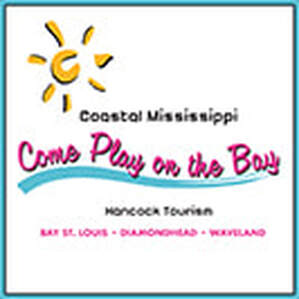Swamp Spring
by Ana Balka
- "Here the people pull you in, and the swamp slowly plants your feet into its ever-shifting mud."
Bird pairs always remind me of older couples hunting for antiques. They poke around, mumble, and commiserate onwhich of our porch’s various corners and niches might suffice for their yearly egg condo. I don’t think these cardinals are going to take up residence in a garden clog today, but warblers might if we don’t turn them over. They were Northern Parulas, we figured out, the ones who came a couple of years ago and set up house in one of Steven’s boots.
I am neither a bird expert, nor do I possess a vast knowledge of trees, flowers, or other plants. I am, however, seeing the patterns of change come in waves, the cycles of the plants and animals with whom we share real estate becoming old friends as I see them repeat each year. I take photos of the massive camellia bushes coming into bloom, the Bradford pear as it goes white, the little turtles crossing the driveway, and the skinny young lizards, even though I realize that I have almost identical photo albums from last year and the year before. It makes me think of my grandmother, who lived in the Nebraska panhandle her whole life and wrote letters that summarized the arrival of the robins, the deer sightings, the spring rains, the calving, the growth of the flowers. In the Nebraska panhandle, the past is visible in the still-clear Oregon Trail ruts that cut through the grassy landscape on gentle plateaus. If you stand in the ruts on the small rise above the town where my grandparents grew up, the area below looks like a diorama, a set. It was incredible when I first saw the town from that angle, thinking of my grandparents living out there all those years with a relatively small cast of people and playing out life on this giant stage under the wide sky. In Hancock County, Mississippi, the past curls like jasmine in the trees, and rises and falls with the tides. When you take a kayak up Bayou Talla, or stand in Waveland at the corner of Nicholson Avenue and Beach Boulevard and look up at the lot where Eliza Nicholson’s mansion once stood, you can feel the past in ways unique to here. Many places like to say, “Once you’ve stayed here long enough, you won’t be able to leave,” but I can sense some truth to that in Hancock County. Here the people pull you in, and the swamp slowly plants your feet into its ever-shifting mud. continue reading below
My husband and I moved into a house on several acres of swamp and pasture next to Bayou Talla in February 2013. Neither of us had ever lived in this part of the country before, and neither of us had lived rurally in our adult lives. The last place we lived was London. He is Dutch; I’m originally from southeastern Nebraska, and we met in Atlanta. He’s a ship captain, so there was always a good chance that work would bring him to the Gulf. When we first met he would tease me about his romantic European desire to live in the swamps of Mississippi, and I would tell him that I sincerely wished him the best in that endeavor. I never suspected that less than five years later, I would be the one to locate a home for us in Kiln, Mississippi when his company wanted us to move to the Gulf Coast from London.
Say you live in the Kiln, and you will get some combination of a number of standard responses. If you’re anywhere between Baton Rouge and Mobile, whomever you’re talking to will tell you that their grandma/aunt/mother’s cousin is from the Kiln and they have amazing memories of going there as a kid and swimming in the river. Then they’ll ask if you know Brett Favre. They might ask if you have ever been to that, “...uuum, that one bar. What was it called... I saw it on ESPN. Oh—The Broke Spoke! You know that place?” People generally seem impressed when I say that yes, we live in the vicinity of the Broke Spoke, and I have indeed been there. At night, even. And yes, to the inevitable next question: I have had moonshine. Well wait, actually. I think it was homemade wine. The first year is always a fascinating time when you move into a community. Each person you meet has the potential to become a lifelong friend, and you have no idea what pattern you will weave into the local fabric over time. It felt like there was something more dramatic and poignant about that phase of living here than I’ve experienced in other places. Maybe it’s just me. Maybe it’s because so many of the people who live here actually grew up here, and come from families who have been here for generations. The history is right in front of you in the stories of the people you meet. Their very names tell stories. continue reading below
I attended a wedding last week in the Kiln, the marriage of the daughter of a friend we know through Pop’s Southern Comfort Foods on Highway 603. (Pop’s has been a focal point of our life in Kiln since Steven and I arrived, which is something you can read more about here. We love Pop’s. You should go there.) More than 500 people crowded into the Church of the Annunciation (which used to be the gymnasium of Kiln Consolidated High School until the school closed in 1959; the smaller, original church is just across the road), for the wedding.
Probably a third of Kiln’s population was packed into that church and/or at the reception afterwards (it was a spectacular wedding—congratulations to Lindsey (Lee) and Jonathan Bounds). Here was the continuing narrative of a place that has seen breathtaking ups and catastrophic downs—followed by renewal—that is in many ways typical of small town America, but whose stories are anything but typical. I would not have missed being there, even though I did not know tons of people at the wedding. This was part of the history of the people of this town. Kiln’s first European settlers came in the early 18th century to an area originally inhabited by Choctaw and Muskhogean people (see the Hancock County Historical Society’s fantastic website for this and so much more). Many more people arrived during the booming timber milling years, and Kiln was a thriving town with good services and schools. But after 1930, following the forests’ depletion and the resulting mill closings (not to mention the stock market crash and the Depression that followed), people either left or stayed and did what they could to get by. For some, that apparently included capitalizing on location, resources, and know-how to create a moonshine economy during the mid-century. This left Kiln with more of an outlawish reputation than may be deserved. continue reading below
Then of course, everyone in this part of the country knows about the cycles of loss and rebirth when it comes to the weather: Everyone here has a story, and many people have told me that Katrina took everything they had. Tell someone in Kiln, Waveland, or Bay St. Louis that you think this is an amazing place, and there is a good chance they’ll say, “You should have seen it before.” I tell outsiders that now I understand much more about what was lost, and what can’t be taken away from this place and these people, and what compels a community to rebuild and ride out more seasons.
The warblers are back. They’re checking out a flowerpot in the collection of toys that we’ve accrued from our walks on the beach. Maybe they’ll set up their little incubator in there this year. Good Bones, Simple Pleasures story and photos by Ellis Anderson - This month - Marilyn and Wayne Gouguet take a historic cottage with good bones and create a Bay home where every detail shines.
 The cottage was not beautiful. In fact, it was a mess. So was the town. Only two years had passed since Katrina’s unprecedented destruction. The city’s entire infrastructure was undergoing a messy overhaul and in 2007, it seemed that every street in Bay St. Louis was made from mud. Many streets were lined with empty lots, abandoned buildings and FEMA trailers. St. George, a narrow lane running through the heart of Old Town had its own share of sad scenery. The little side hall cottage was one among many. But 303 St. George possessed something many others did not: good bones. The original house is one of the few side hall cottages in Bay St. Louis and was built in 1890. Wayne and Marilyn recognized what it could become with time, and vision, and work. The couple have lots of practice at restoration. Soon after they married in 1980, they tackled the makeover of a 1920s bungalow in Picayune. Although they eventually sold it and moved into a contemporary home they built, the passion for historic housing never faded. So they purchased the gutted cottage on St. George and spent the next two years working on its restoration. Since the couple live full time in Picayune where Wayne is a city councilman (in addition to working as a contractor) and Marilyn is a private practice therapist, they commuted weekends to work on the house. Wayne handled the construction end of the renovation while Marilyn oversaw the interior design. story continued below Just months after the purchase, the Gouguets were thrilled to learn that their cottage was included in the boundaries of the newly formed Bay St. Louis Historic District. It was created by the city council in April 2007 after an overwhelming number of property owners voted to establish one. “Some people don’t realize what a positive impact being in a historic district has on property values,” says Wayne. “We knew that Bay St. Louis was going to come back with a vengeance.” Mississippi Department of Archives and History (MDAH) had a hand in the restoration too, helping out with grant funding and architectural oversight. Working with MDAH, the front rooms were replastered and original floors sanded and restored. In the quest for historic accuracy, Marilyn and Wayne also embarked on a historic scavenger hunt of grand proportions, seeking out everything from period door hardware and shutters to trim and moldings. Wayne even went so far as to find and install antique ceiling fans, while Marilyn chose a kicky contemporary lighting fixture for the dining room. She also opted for bright wall colors and contemporary artwork. Fortunately, her sister is the well-known artist Joyce Livingston King, who paints bold, strikingly rendered images of fish, crabs and landscapes. The juxtaposition of the antique, the vintage and the modern in the house seamlessly work to create a comfortable, timeless atmosphere. “I even love the detail of a historic transom window,” says Wayne. “Seeing that wavy glass and knowing that it’s 110 years old makes you think of all the families and people who came before you.” The Gouguets have actually met some of the people who came before them. The first time Wayne went to pull building permits, he met Charlene Black, the city’s zoning official. When Charlene saw the address on the form, she smiled and revealed that she’d grown up in 303 St. George. The Gouguets spend most weekends in the Bay and have friends lined up to reserve the two bedroom/one bath cottage on weekends when they can’t. One couple loved visiting so much, they ended up buying their own house in the Bay. Other frequent guests are still shopping. And maybe, just maybe, they’ll be fortunate enough to find a house with bones as fine as the one at 303 St. George. Joyce King's work can be seen at Blue Skies Gallery in Long Beach and Vintage Vault (in the train depot) in Gulfport. Al Lawson - On Design Somewhere along the path of life and work it made sense to me to have a signature something. It was a no brainer that one of my signatures would be a bow tie. My dad always wears bow ties – and always has. I simply adopted that style idea as well. It may be a little more evident in my life and work, however, because I wear one every day. Or almost every day. I really do it because it’s easy and I don’t have to think as much about what I am going to wear. There you have it. The method to my madness. In that same way of thinking I have tried to find other signatures to simplify my life – and to be memorable and unique. Our signature wine. Our signature dessert. That signature meal I always take to someone if they are sick or need some expression of love. That signature cologne. Or that signature stationary. So pick the things that are your signatures! Be memorable! And simplify your life at the same time. The Mississippi Blues Trail
|
|||||||||||||||||||||
The Mississippi Blues Trail
The name evokes smoky blues dives, crooning singers, and wailing guitars. Created by the Mississippi Blues Foundation, a nonprofit corporation dedicated to education about the roots of blues music, the Blues Trail commemorates Mississippi’s most treasured archive, the stories of the birth of the blues (and, by extension, the emergence of rhythm and blues, or R&B, and rock 'n’ roll music as well).
The Blues Trail currently consists of 184 iconic locations, mostly in Mississippi, that were endemic to the growth of blues music as a unique American genre (a few sites are in other states with which Mississippi has had extensive musical interchange, such as Louisiana, Alabama and Tennessee). |
Shared History
|
||||||
| blues_trail_map.pdf | |
| File Size: | 7714 kb |
| File Type: | |
Blues on the Coast
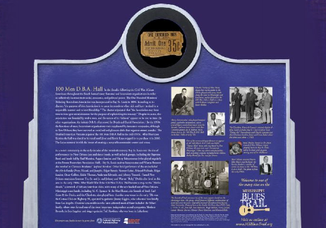
According to Wikapedia, the famed "chitlin' circuit" is the name given to the string of performance venues throughout primarily the southern U.S in which African American musicians and comedians performed during the age of racial segregation. (The name derives from the soul food item “chitterlings,” or stewed pig intestines.)
And from the Blues Trail website, The Mississippi Coast, long a destination for pleasure seekers, tourists, and gamblers developed a flourishing nightlife during the segregation era. Dozens of clubs and cafes here rocked to the sounds of blues, jazz, and rhythm & blues.
Moreover, in the last twenty or so years, the casinos and the Gulf Coast Blues and Heritage Festival (in Pascagoula in September) have added to a grand resurrection of blues, R&B and soul entertainment on the Gulf Coast. A new wave of blues and soul stars have come from all parts of the country to perform at clubs and casinos in Bay St. Louis to Biloxi and beyond.
Here on the Mississippi Gulf Coast, there are at least four locations marked on the Mississippi Blues Trail, including spots in Gulfport, Biloxi, and one right here in Bay St. Louis. In fact, one of the most interesting spots on the Blues Trail is the 100 Men Hall, a currently operating blues venue that is drawing exciting acts from the Coast, New Orleans, and elsewhere.
Bay St. Louis
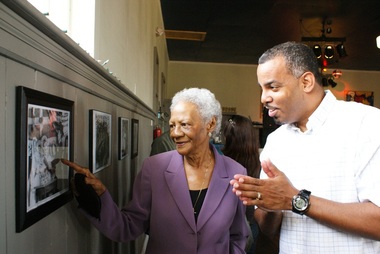 Gloria Payne and Gregory Barabino checking out the historical photographs at 100 Men Hall soon after it's renovation
Gloria Payne and Gregory Barabino checking out the historical photographs at 100 Men Hall soon after it's renovation
The 100 Men Hall was built in 1922 by the fraternal organization One Hundred Members’ Debating Benevolent Association. (The initials D.B.A. have been known to indicate Death and Burial Associations, and the group provided burial services to its members.) The Hall, along with the local churches, was the center of the African American social scene in Bay St. Louis. Events and fundraisers of all types from plays and pageants to wedding receptions and dances took place at the hall.
During the 1940′s, 50′s and 60′s, many of the region’s greatest blues, rhythm and blues, and soul music artists performed at The 100 Men Hall, and it was a regular stop for many of the artists on the “chitlin’ circuit.” Many of the greatest stars during the heyday of New Orleans’ R&B music scene performed at the Hall, including James Brown, Big Joe Turner, Etta James, Ike and Tina Turner, Guitar Slim, James Booker, Professor Longhair, Ernie K-Doe, Earl King, Deacon John, and Irma Thomas. (In fact, Irma Thomas’ first performance as a paid singer was at 100 Men Hall!) Gulf Coast performers such as Harry Fairconnetue, Carl Gates and The Decks, Guitar Bo and The Claudettes, and the “shake dancer” Miss Dee also regularly performed at 100 Men Hall.
After several incarnations, including as a disabled veterans’ hall and a bingo hall in the 80s, the building was severely damaged by Hurricane Katrina in 2005. It was purchased and restored to its original state by Jesse and Kerrie Loya, The 100 Men Hall operates today as an ongoing live blues locale, still drawing crowds to see danceable live music, just like in the 1930s through 70s! In 2011, this local landmark was recognized for its role in the history of the blues, anda historical Blues Trail marker was dedicated at the hall.
100 Men Hall owner Kerrie Loya says she has been thrilled with the success of the Hall since it re-opened, and is proud of its legacy and its inclusion on the Blues Trail. The Hall’s Blues Trail marker, she explained, is one of just a handful of commemorative markers in the state that are attached to an actual building, rather than for example a street corner or area of town. The building itself, restored to its original condition, has much to do with evoking the ambience of the Coast’s blues past, she said.
In the past few years, musicians and acts that have performed at 100 Men Hall have included Walter “Wolfman” Washington, Little Freddie King, Marcia Ball, Deacon John, Eric Lindell, and local favorites Pat Murphy Band and Guitar Bo and Ms. Dee. The Hall also attracts lesser known blues acts to the Coast – for example, an all-female Japanese blues band, Pink Magnolia – in its tradition of increasing the Coast’s exposure to all sorts of blues music.
According to Loya, the 100 Men Hall will release a vinyl LP at the end of May (yes, vinyl!) featuring seven songs recorded live at the Hall in the past three years. With the assistance of a grant from the Mississippi Development Authority/Tourism, the album will be released in a tri-fold cover with original cover art, liner notes and photography from local artists. Loya said that there is already a waiting list for the LP. The 100 Men Hall is planning a listening/premiere party in conjunction with the record release (come back to the Cleaver for more news about that event!) For more information, or to purchase the LP, contact Kerrie Loya at Kerrie@100menhall.org.
Read Part 2! Karen follows the Blues Trail across the bridge to Pass Christian, Gulfport, Biloxi and beyond!
Russell Guerin - A Passion For History
- This month, a visit with one of the community's most dedicated historians, Russell Guerin, as he tracks down the truth behind Hancock County legends.
The Drive Into Old Bay St. Louis
- Historian and well-known coast musician Pat Murphy has been working on his memoir "Growing Up Downtown" for several years. During 2015, the Cleaver will feature one of his essays each month - along with historical photographs from his archives.
| I have been told by folks like Mr. Buster Heitzmann that in the days before Highway 90 was completed from New Orleans people would ship automobiles over from New Orleans. Either by boat or rail car, they would be unloaded upon arrival in Bay St. Louis for use during the summer season. After the completed construction of US Highway 90 from the Chef Menteur Pass through Bay St. Louis and beyond in the 1920s, a steady stream of vehicles flowed from the west into the Bay/Waveland area. | Growing Up Downtown |
|
Shared History - January 2015
|
- story by Ellis Anderson
| There were the seven: Elaine Colson, Claire Bourgeois, Dot Markel, Gerry Blanchard, Louise Lynch, Kitty Mollere, Nancy Gex. Some have passed on now, but 48 years ago, this powerhouse group created a legacy that generations in the future will delight in: the Nereid’s Parade. According to Nancy Gex, the beginnings were deceptively simple, no one ever guessing that nearly five decades later, the annual Nereid’s ball would be taking place in the Coast Coliseum with over 3000 attendees. Or that the parade would include more than 100 floats, attracting thousands of families each year from across the region. | Shared History is sponsored by |
“Claire, Elaine, Louise and I were standing outside the Waveland Drugstore in 1966 watching the St. Patrick’s Day parade,” recalls Nancy Gex. “Elaine said ‘Wouldn’t it be wonderful if we could have something bigger than this, something for the ladies…’ She’d evidently been thinking about this for a long time."
The mission would be to create a fun family event while stimulating local business. The women began meeting around a table in the drugstore at night, after it closed (owned by the Lynchs). Later a plaque was installed on the table, “Nereids was born here.”
Since the women decided that the organization would be based on the classical Mardi Gras groups across the coast, membership would be secret and all participants masked. Since there were 50 original Nereids, the women decided to shoot for fifty charter members. Just to make sure they had enough members, they sent out a hundred invitations, expecting that about half would decline.
“We got 96 responses out of a hundred,” says Gex. “We knew then it was really going to be something.”
The first ball and parade were held in 1967. With less than a year of preparation time, the women marshaled forces. Garages and warehouses all over town became workshops to build floats. Many people made their own costumes as well. Nereids fever took over the town.
Nancy remembered one particular incident where King Hack Doyle was entering the gym for a rehearsal. He spotted several women hiding in the bushes and asked what they were up to. They confessed they had heard that the king would be coming for rehearsal that evening and they hoped to find out who he was. Doyle said he’d been curious too and asked if he could hide and wait with them. Of course, the king never showed and Doyle sadly explained he couldn’t wait any longer, they expected him inside to help out.
The secrecy even extended to the founders. Nancy’s husband Lucien was chosen as the 10th anniversary king and she was kept in the dark. Nereid’s captain Elaine Coleson arranged to leave information for Lucien in “a drop” - the trash can at the post office. She’d leave information for Lucien in the can and he’d go by and discretely fish the envelope out. Nancy was mystified when someone reported that her husband was frequently seen digging through the trash at the post office.
“It was all a lot of fun,” says Nancy.
There have other been major changes through the years. Elaine and Claire were co-captains the first two years (Elaine organized the ball and Claire the parade). When they consolidated the captain’s position, Elaine was elected and she held the position until she passed in 2004. The group outgrew the gym eventually and began holding their ball at the Coast Coliseum. The anonymity part has relaxed through the years too (something Nancy admits she misses). However, the identity of “Queen Doris” is always a secret and the current captain asked that her name not be revealed.
“I don’t participate any more, but I’m a member,” says Nancy. “It’s been great to see it grow. Never did we dream that it would be like it is.”
Seahorse Fever in the Bay
Upcoming 200th anniversary of the Battle of the Bay of St. Louis
The premise is to have the whole community participate in the reenactment of “The Battle of Bay St. Louis,” an encounter that occurred 200 years ago during the War of 1812. Planned events on the actual anniversary include a maritime reenactment – with cannon fire! - a 5K race, a veteran’s parade and fireworks. Two Biloxi schooners from the Seafood and Maritime Museum will take part in the reenactment, but while they’re not “fighting,” people can purchase tickets for on-board tours.
And that’s just on the anniversary day. November 15th has been declared Pirate Day in the Bay as a warm-up for the December festivities. (See details under Upcoming Events). And earlier this year as part of the whole big shebang, a new Mardi Gras parade and a putt-putt Golf Tournament took place. Both were so wildly popular that they’re now going to be annual events.
The entire extravaganza can be traced back to two brothers, Donald and Robin Rafferty.
In late 2013, the two history buffs realized that the 200th anniversary of the little-known maritime battle of the Bay was approaching. The brothers gathered a group of friends for a brainstorming session and within a few months, the Mystic Krewe of the Seahorse was formed.
story continued below -
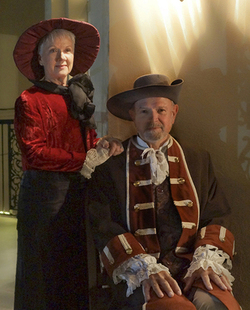 Wendy McDonald, the first Queen of the Mystik Krewe of the Seahorse in period costume with husband Henry Winter
Wendy McDonald, the first Queen of the Mystik Krewe of the Seahorse in period costume with husband Henry Winter Then in April, a whimsical 18 hole Putt-Putt Golf Tournament in Old Town raised money for the Krewe. The event was such a hit a similar fund-raiser is being planned for 2015. The publicity surrounding these events has brought Seahorse membership to over 550, with more expected to join as the excitement surrounding the reenactment grows.
The historical event that’s at the center of all this merriment happened in 1814 as a precursor to the more famous “Battle of New Orleans.” The Sea Horse was an American schooner that single-handedly took on the British fleet in a “David versus Goliath” encounter, right in front of the Bay St. Louis shoreline. While the little ship was hopelessly out-manned, it managed to delay British forces, giving Andrew Jackson (who was commanding American forces in New Orleans) more desperately needed time to organize that city’s defense and keep control of the Mississippi River out of British hands.
Since the event occurred two centuries ago, accounts of the battle vary, but as local historian Charles Gray often says, “history is lies agreed upon.” His version of the battle, which is made up of “a composite of different sources” will appear in the December Cleaver.
Spoiler alert: The most riveting part of Gray’s version occurs when an elderly woman on crutches shouts to shore-side onlookers of the battle “Will no one fire a shot in the defense of our country?” She grabs a lit cigar being smoked by Bay St. Louis Mayor Toulme and lights the fuse to a cannon, which fires into the midst of the British attackers. Mayhem ensues.
The Mystic Krewe of the Seahorse seems to be embodying the feisty spirit of the cigar-wielding matron. We know the next question avid readers will be asking: How do we join? There’s an actual website and you can download the membership application there. The cost to join is only $30 and it includes a very cool membership card, as well as email updates about all the planned activities – including the Inspection Ball that will take place the night before the reenactment.
On the evening of Friday, December 12th, at the Bay St. Louis Community Hall, a costume ball will kick off the anniversary chain of events. The ball (yet another opportunity to dress in your interesting period outfit!) takes place from 5:30 - 11pm. Tickets cost $25 for members and $35 for non-members. There’ll be food and beverage and major comradery as the names of the 2015 king and queen of the Krewe of Seahorse Mardi Gras Parade are announced.
But you don’t have to be a member of the Krewe of Seahorse to enjoy any of the events surrounding the anniversary. Simply wearing a costume will make you part of the spectacle instead of a spectator. That’s always more fun - and makes for eye-catching photos that will get posted on Facebook and cause a stir with your friends who don’t live in places nearly this interesting.
For more history about the battle, click here for the Krewe’s history page. Also, Charles Gray suggests reading Paul La Violette’s 2003 book, Sink or Be Sunk! The Naval Battle in the Mississippi Sound That Preceded the Battle of New Orleans. It’s available at Bay Books on Main Street.
"A Most Exceptional Yacht"
Tamora - owned by Bob and Gerri Gros
A row of trophies in Tamora’s main salon testifies to the fact that wooden boat show judges have the same impression. It’s easy to imagine Katherine Hepburn sunning herself on the foredeck, with Spencer Tracy behind the wheel. Maybe Clark Gable’s nursing a drink on the aft deck, playing a hand of pinochle with Carole Lombard. Who knows? It might have happened on this fine vessel that was crafted in 1936.
The ship’s wheel still testifies to its maker, Wheeler Shipyards in Brooklyn, New York. Wheeler was founded in 1910 and according to this article in the Brooklyn Daily Eagle, in the 1930’s the company was known as the “Cadillac of yacht builders.” In 1934, Wheeler was commissioned to build Ernest Hemingway’s world-famous boat, “Pilar” which provided the inspiration for Old Man in the Sea and other of the author's works.
Costing only $7,495 when it was built, Pilar was downright cheap compared to Tamora, which was built only two years later for an original cost of $60,000. Figuring inflation, in today’s currency that’s over a million dollars. Who was the original owner? That information has been lost.

According to one document Bob Gros has, “Tamora’s hull was fiber-glassed in 1986 here on the Mississippi coast by local businessman Bill Seeman (Seeman Composites), who used the C-flex fiberglass material he invented and patented.
The boat’s history after that goes into soft focus again, until a friend of Bob’s bought her at a YMCA auction around 1994. Ed Guedan worked on Tamora for nearly 15 years, restoring different parts and even building a covered wheel-house. Its home was a dock in the Rigolets where the yacht rode out the fury of Katrina’s passage directly overhead. Ed tied her across a wide canal with enough slack in her lines to allow her to rise up with the surge, which was well over twenty-feet high. She suffered only a few broken windows.
Bob Gros purchased Tamora in 2009, after Ed became ill. He had her painted soon after and since then, he’s been steadily working on getting all the yacht’s systems in good working order again. Like all boats, "she's a work in progress."
Bob grew up in New Orleans and has fond memories of spending time on the Mississippi coast with family and friends when he was a teenager. His love of boating started then and he’s owned a succession of boats most of his life, starting with a fishing boat he purchased right after his college graduation. He’s a veterinarian and still practices two days each week. For many years, Bob and Gerri split their time between their home in New Orleans and one in Jordan River Shores, in Kiln. When they decided to consolidate into one house, they chose the one in Mississippi.
The couple recently moved Tamora from their dock at home to a slip in the new Bay St. Louis Harbor. They like the Old Town neighborhood, with shops and restaurants just steps away from the dock. The family can come over during special events like the monthly Second Saturday Artwalk and use the boat as their Old Town home.
For the time being, they’ve put aside their dreams of taking Tamora on an extended cruise back up the east coast to the waters she knows so well. The prospect of spending time with their four grandchildren is more tempting. But should they want to take a trip out to the barrier islands, casting off from the harbor instead of from their home up the river cuts four hours off the round trip.
Tamora still has star power, even though she’s over 80 years old.
“She’s a lovely old girl and a steady one too,” says Gros. “She’s always gotten me where I’m going.”
By all accounts, Member Number Seven changed the Hancock County Historical Society forever. After his admittance in 1985, the tiny organization’s boundaries expanded to take on whole new territories. Ambitious projects, which before had only been dreamed of wistfully over porcelain cups of tea, became reality.
Member Number Seven is named Charles Gray. The 81 year-old historian is a gifted story-teller, so when he recounts how he first came to Bay St. Louis, listeners are drawn into another era, one loaded with all the mystery and elegance of The Great Gatsby.
“I was sailing my boat from New Orleans to Key West,” says Gray. “It happened to be the weekend of the Lipton Races at the Yacht Club, so I turned up the bay and put ashore. I saw Beechwood Hall for sale and had a contract on it before sundown.”
Beechwood Hall was one of the most prestigious historic properties on the Mississippi coast. Later, when Gray called the local historical society to find out more information about the 1840’s mansion he’d just purchased, he was told that he wouldn’t be allowed to access the documents.
“They only had six members back in 1985. They said they didn’t let people rummage through their papers because someone might steal them. I told them that’s why God invented Xerox.”
The other six soon realized they had a visionary in their midst and shortly after admitting him to membership, tapped Gray to serve as vice president. His first project was to petition Mississippi Department of Archives and History (MDAH) to officially name a maritime battle of the War of 1812 that had taken place in local waters. When the “Battle of the Bay of St. Louis” designation was approved by the state, the historical society held a celebration that included the firing of a cannon. The cannon apparently captured the imagination of the public.
“After that,” says Gray, “Our membership more than doubled, from seven to sixteen.”
Within a two and ½ year period, the Society added two additions to the original cottage, creating another 1400 square feet of space. The expansions were a necessity. Membership began increasing exponentially once a sign was hung in front of the Lobrano cottage.
Meanwhile, another problem had commanded Gray’s attention. While the historic society possessed a number of documents, it had very few photographs. Most of the old families who were wealthy enough to own cameras in the late 1800’s/early 1900’s had their main houses in New Orleans and kept the pictures there.
“But I saw the movie, ‘Gypsy Rose Lee,’ where she sang ‘You Gotta Have a Gimmick,’” remembers Gray. “I figured [to get historic photographs] I needed a gimmick too. So I put on a suit and tie and diamond cufflinks, got in my Rolls and drove door to door in New Orleans to the families who I knew had summer homes in Bay St. Louis. Now we have 30,000 pictures.”
The recent resurgence of interest in genealogy makes the work of the historical society even more valued. Gray can relate to those who want to know more about their ancestors, since he can trace his own lineage back 40 generations - directly to King Louis IX of France (better known as “Saint Louis,” whose name the city and bay both bear). He’s been a driving force in the move to digitize many of the society’s records and make them available for on-line research.
Genealogists and historians now recognize the Hancock County Historical Society as having one of the most extensive on-line collections of local historical information in the country. The society serves as steward to 90,000 records of births, deaths and marriages, thousands of photographs and more than 800 books of research. It maintains a growing on-line list of 25,000 local graves – with the directions to find each one.
Many years ago, Gray’s mother and sister drove to Virginia to pay a visit to a distant relative they’d never met. They arrived at her house in an “old beat-up” station wagon with three children in tow, and announced that they were her relations from Mississippi. The aristocratic woman denied any possibility of a family connection.
When Gray’s mother returned to the coast and told her son the story, he was outraged and gave his mother instructions.
“Go get a mink stole and wash your diamonds,” he said. “We’re going back up there with the cattle brand and the Rolls.”
“When we arrived in Virginia, I showed that woman the cattle brand. The registration went back ten generations. All she said was “Hello, cousin!”
Today, Number Seven serves as Executive Director, presiding over nearly a thousand members. The office/library at the Lobrano House is open five days a week. The society’s newsletter, edited by Eddie Coleman (Good Neighbor, February 2013), presents new research on a regular basis. Two volunteers work full-time scanning documents and photographs. Since that digital information is being stored on a “cloud” it’s not vulnerable to time or disaster.
Gray says that people often bring them suitcases full of family heritage items after realizing that their children don’t want them. While historic photographs are always welcomed, the society doesn’t “particularly covet ancient documents.”
“We’re not set up to preserve old documents, but we’ll scan them for the information they contain.”
Charles Gray and his canine sidekick Maxwell can often be found in the society's office during business hours, weekdays from 10am – 3pm (closed for lunch 12 – 1pm). For another great story, ask about the other saint he's related to, St. Olga of Kiev, who did some astonishingly un-saintly things in her lifetime.
Click here to access the society’s website.
Here’s a direct link to a membership application. Membership is only $25 a year and includes a printed copy of the newsletter each month. PDFs of past newsletters can be downloaded here.
You can make a secure, on-line donation to help fund the society's work. It's tax deductible too!
Most months they host a luncheon with guest speaker. Non-members are also welcome but call early to reserve your seat. Find details about the luncheons and other special events here.
In a cozy, welcoming home on Third Street, live members of one of the oldest families in Bay St. Louis – and one of the oldest Creole families on the Coast. Myron Labat, Sr. and his wife Rhonda Labat greeted me warmly and told me a little bit about their family.
Myron, the former principal at North Bay Elementary School, has lived in Bay St. Louis his entire life. He attended St. Rose Elementary and St. Rose High School until it closed in 1968, graduating from Bay High. Rhonda is from Meridian, Mississippi, and met Myron while they were in school at USM Hattiesburg. Rhonda has worked at DuPont for 37 years as an Administrative Assistant in the medical department.

A Community Treasure
Deacon John, June 17, 2011 Dedication Ceremony for 100 Men Hall historic marker.
On June 16, Bay St. Louis own’s 100 Men Hall celebrated its First Anniversary of the unveiling of its Mississippi Blues Trail marker. It was one year ago, on June 17, 2011, that the informative marker was placed in front of the 100 Men Hall at 303 Union Street. (The Mississippi Blues Trail consists of a series of historical markers throughout the state that tell the stories of bluesmen and women, and how the places where they lived influenced their music.)
As you can learn from the marker itself, the One Hundred Members D.B.A. (Debating Benevolent Association) was formed in 1894 by a group of African-American residents from Bay St. Louis. The group was a social organization whose primary purpose was to “assist its members when sick, bury its dead in a respectable manner and knit friendship.” Despite its name, the association was founded by twelve men, and the nature of its “debates” remains unclear. (In other organizations, the initials D.B.A. often stood for Death and Burial Association.) Its charter stipulated that “the association may from time to time give entertainments for the purpose of replenishing the treasury.”
In 1922, the One Hundred Members DBA constructed an open air, screened meeting hall at 303 Union Street in Bay St. Louis. The building was later completely enclosed and became the center of the African American social scene in Bay St. Louis, hosting social events and fundraisers of all sorts. Over the years the hall came to be known as the One Hundred Men Hall. After World War II, the 100 Men D.B.A. Hall became a stop on the “chitlin circuit,” a network of African American clubs, with many of the acts booked out of New Orleans.
During the 1940′s, 50′s and 60′s, many of the region’s greatest blues and R&B artists performed at The One Hundred Men Hall, including Etta James, Big Joe Turner, Guitar Slim, James Booker, Professor Longhair, Irma Thomas, Deacon John, Ernie K-Doe, Earl King, and Mississippi Gulf Coast favorites like Carl Gates & the Decks, and Guitar Bo and Miss Dee. The Disabled American Veterans acquired the 100 Men D.B.A Hall in the mid-1970s. After several incarnations, including life as a bingo hall in the 1980s, the building was severely damaged by Hurricane Katrina in 2005. It was rescued from demolition and restored to its original state by Jesse and Kerrie Loya, with the help of a grant from the Mississippi Department of Archives and History (MDAH). The Loyas restored it with the intent of creating a nonprofit community center and venue.
Last year’s marker dedication was also a bluesy neighborhood bash, and featured a moving speech by New Orleans bandleader Deacon John, one of the greats who used to play at 100 Men Hall in its heyday. The Homemade Jamz Blues Band gave a free concert to a crowd of hundreds of BSL blues fans. Check out the Cleaver calendar for monthly shows at 100 Men Hall - they're always amazing events!
| by Pat Saik Long-time Fourth Ward resident, Larry Lewis, knows something special about Mardi Gras history in Bay St. Louis. The Bay St. Louis parade drew people from several counties and parishes, all to see the special attraction—the marching of the Moss Men. Larry was born in 1950; five years later he costumed and marched for the first time in a parade. Nearly every year hence he has joined the revelry. Larry, who has lived at the same location on Ballentine Street for forty years, can still tell you the name of just about everybody who lived (or still lives) in his neighborhood. |
photo by Allen Reed
Mr. Bo Darensbourg, known to his friends and fans as Guitar Bo, was born with the hands to play the guitar, large hands with long flexible fingers and enough dexterity to make one guitar sound like two. He becomes a one-man band when he wants to shape his mouth into making sounds you’d swear was a slide trombone. He may add to the fun by playing his guitar upside down or behind his back.
Born November 19, 1937 in Bay St. Louis, Mr. Bo has lived his entire life in and around Ballentine Street, where he and his beloved wife Dee, an accomplished blues singer, now reside in a cottage built by volunteers post-Katrina. Like everyone in the first block of Ballentine, Katrina’s surge caused houses to tumble and cars to float.
Categories
All
15 Minutes
Across The Bridge
Aloha Diamondhead
Antiques
Architecture
Art
Arts Alive
Arts Locale
At Home In The Bay
Bay Bride
Bay Business
Bay Reads
Bay St. Louis
Beach To Bayou
Beach-to-bayou
Beautiful Things
Benefit
Big Buzz
Boats
Body+Mind+Spirit
Books
BSL Council Updates
BSL P&Z
Business
Business Buzz
Casting My Net
Civics
Coast Cuisine
Coast Lines Column
Day Tripping
Design
Diamondhead
DIY
Editors Notes
Education
Environment
Events
Fashion
Food
Friends Of The Animal Shelter
Good Neighbor
Grape Minds
Growing Up Downtown
Harbor Highlights
Health
History
Honor Roll
House And Garden
Legends And Legacies
Local Focal
Lodging
Mardi Gras
Mind+Body+Spirit
Mother Of Pearl
Murphy's Musical Notes
Music
Nature
Nature Notes
New Orleans
News
Noteworthy Women
Old Town Merchants
On The Shoofly
Parenting
Partner Spotlight
Pass Christian
Public Safety
Puppy-dog-tales
Rheta-grimsley-johnson
Science
Second Saturday
Shared History
Shared-history
Shelter-stars
Shoofly
Shore Thing Fishing Report
Sponsor Spotlight
Station-house-bsl
Talk Of The Town
The Eyes Have It
Tourism
Town Green
Town-green
Travel
Tying-the-knot
Video
Vintage-vignette
Vintage-vignette
Waveland
Weddings
Wellness
Window-shopping
Wines-and-dining
Archives
May 2024
April 2024
March 2024
June 2023
March 2023
February 2023
January 2023
December 2022
November 2022
October 2022
September 2022
August 2022
July 2022
June 2022
May 2022
April 2022
March 2022
February 2022
January 2022
December 2021
November 2021
October 2021
September 2021
August 2021
July 2021
June 2021
May 2021
April 2021
March 2021
February 2021
January 2021
December 2020
November 2020
October 2020
September 2020
August 2020
July 2020
June 2020
May 2020
April 2020
March 2020
February 2020
January 2020
December 2019
November 2019
October 2019
September 2019
August 2019
July 2019
June 2019
May 2019
April 2019
March 2019
February 2019
January 2019
December 2018
November 2018
October 2018
September 2018
August 2018
July 2018
June 2018
May 2018
April 2018
March 2018
February 2018
January 2018
December 2017
November 2017
October 2017
September 2017
August 2017
July 2017
June 2017
May 2017
April 2017
March 2017
February 2017
January 2017
December 2016
November 2016
October 2016
September 2016
August 2016
July 2016
June 2016
May 2016
April 2016
March 2016
February 2016
January 2016
December 2015
November 2015
October 2015
September 2015
August 2015
July 2015
June 2015
May 2015
April 2015
March 2015
February 2015
January 2015
December 2014
November 2014
August 2014
January 2014
November 2013
August 2013
June 2013
March 2013
February 2013
December 2012
October 2012
September 2012
May 2012
March 2012
February 2012
December 2011
November 2011
October 2011
September 2011
August 2011
July 2011
June 2011



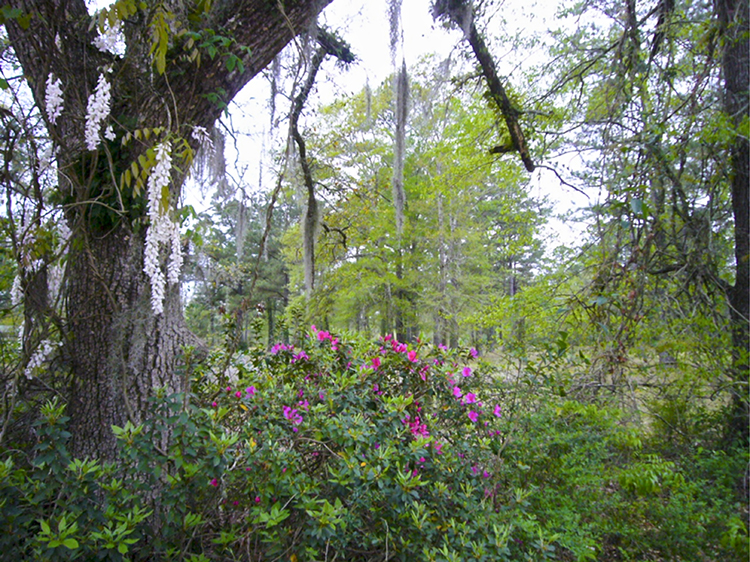
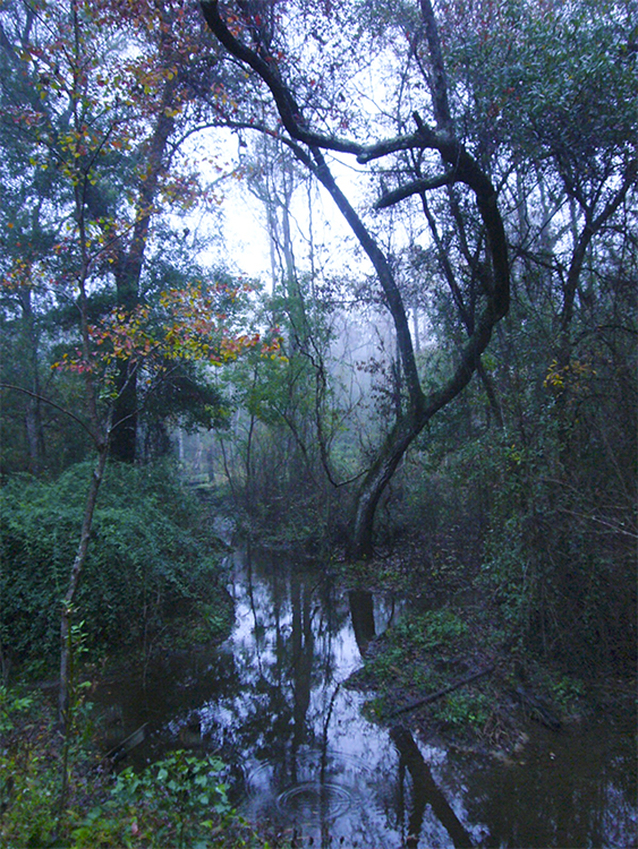




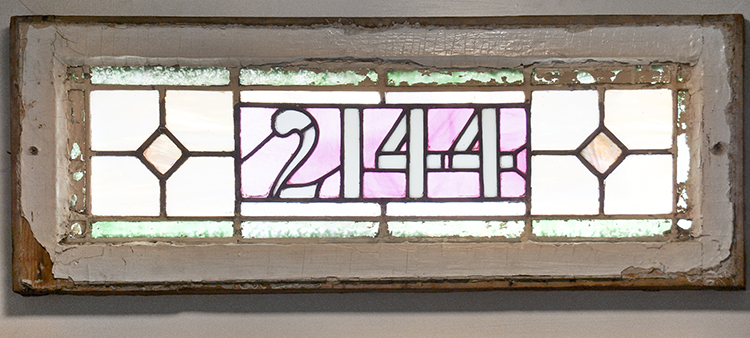
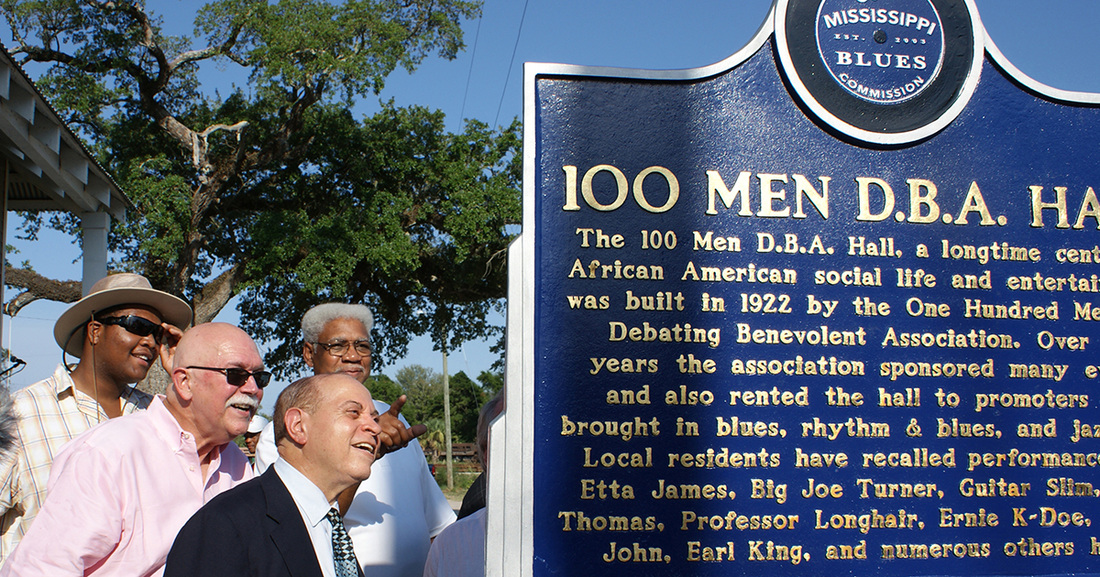

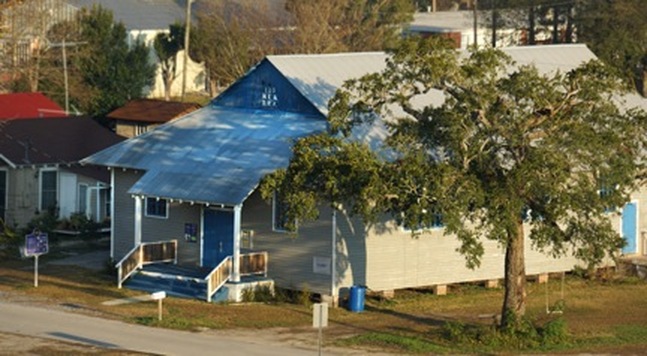
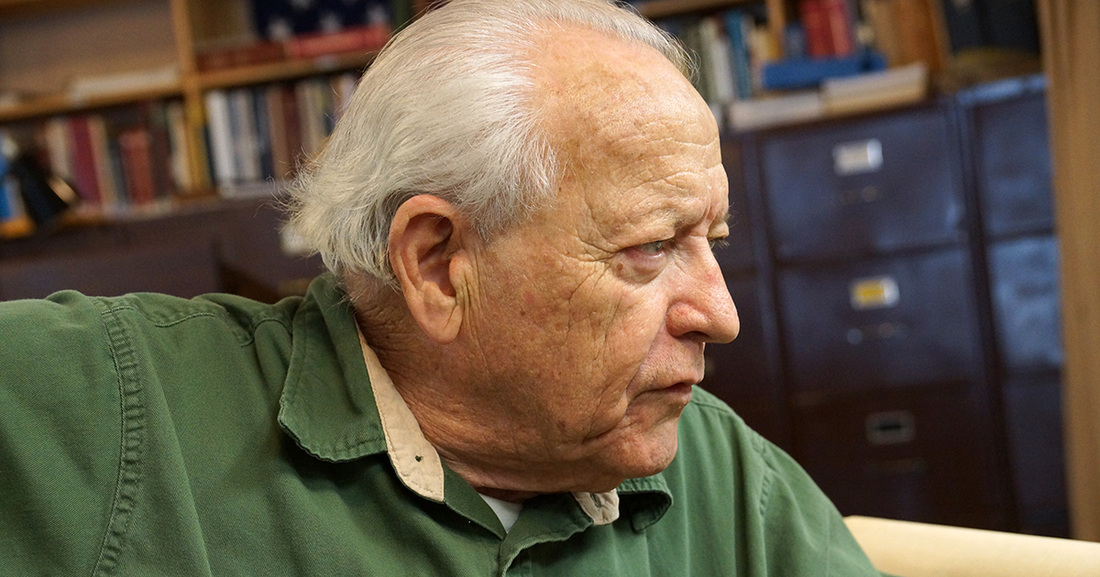
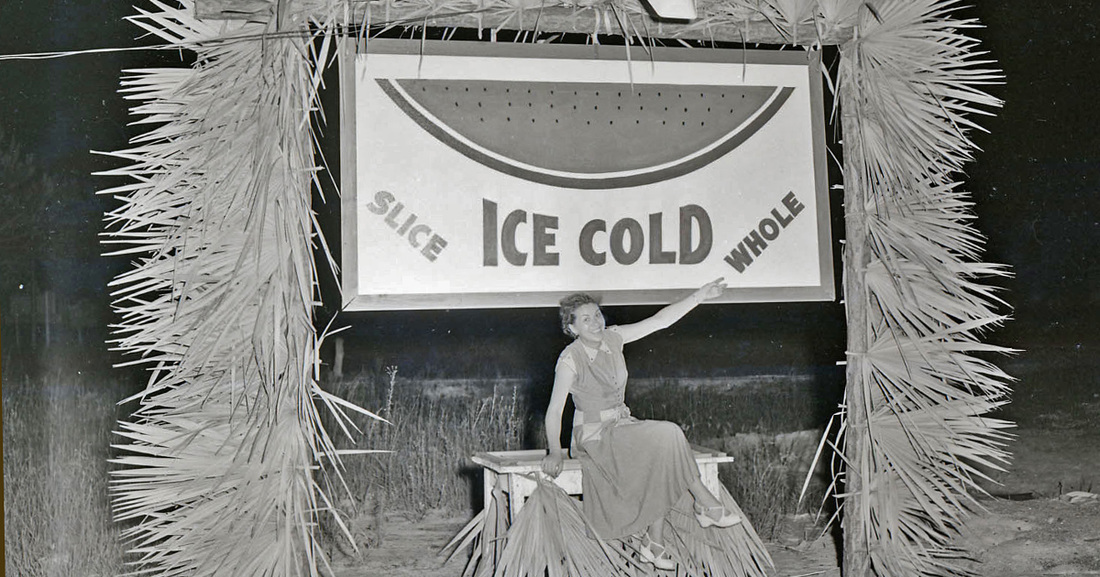
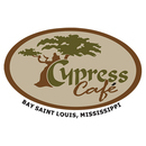
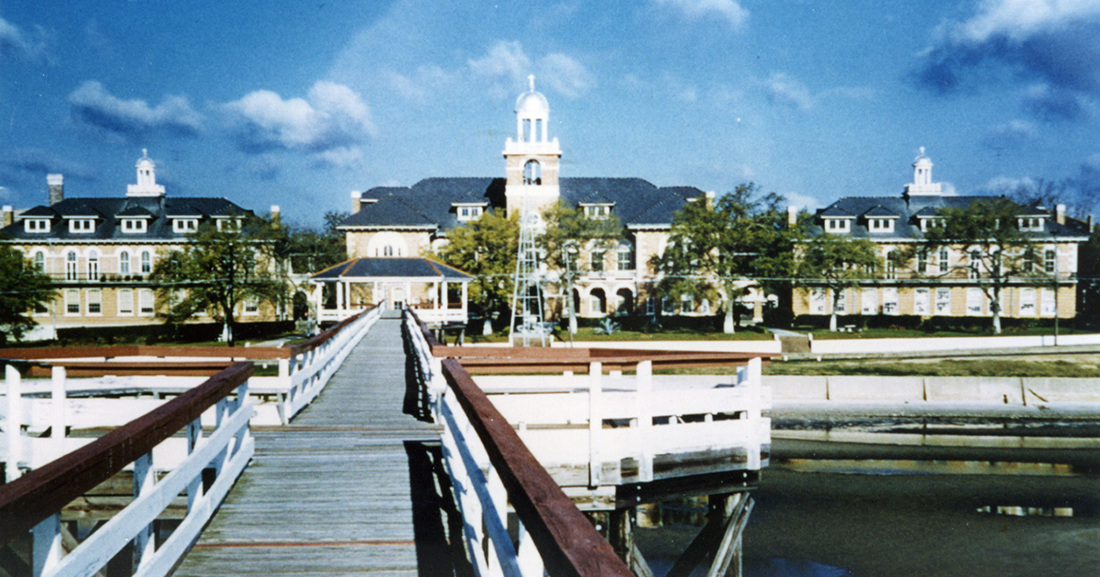
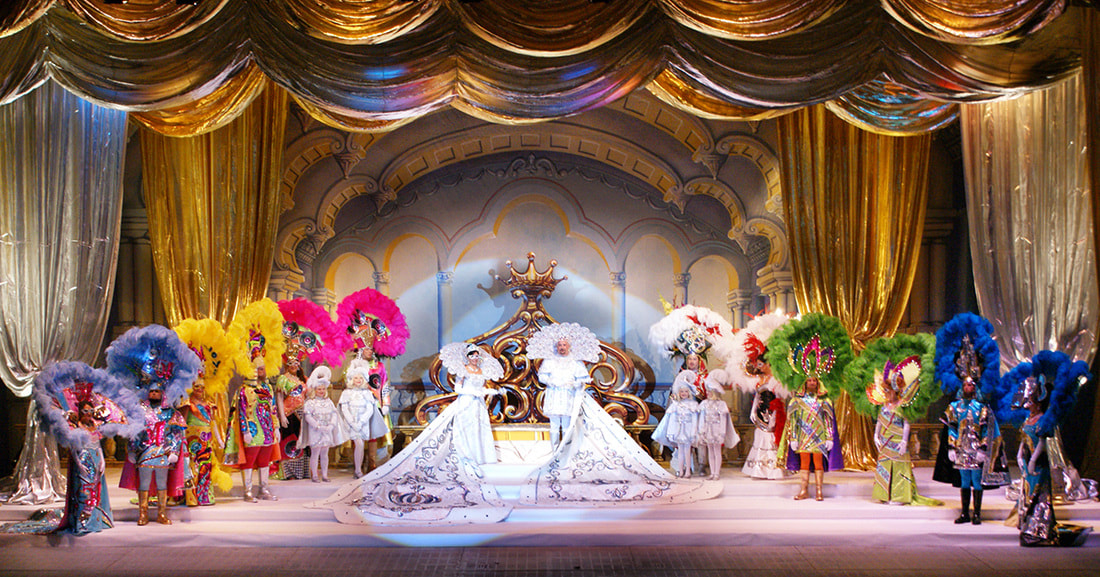


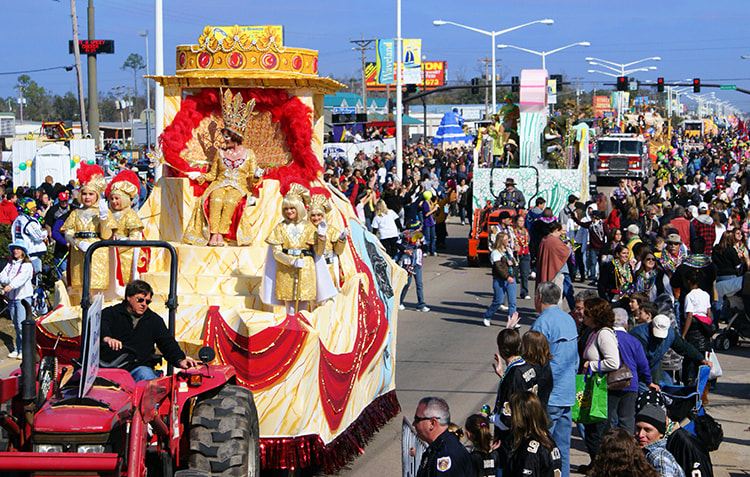
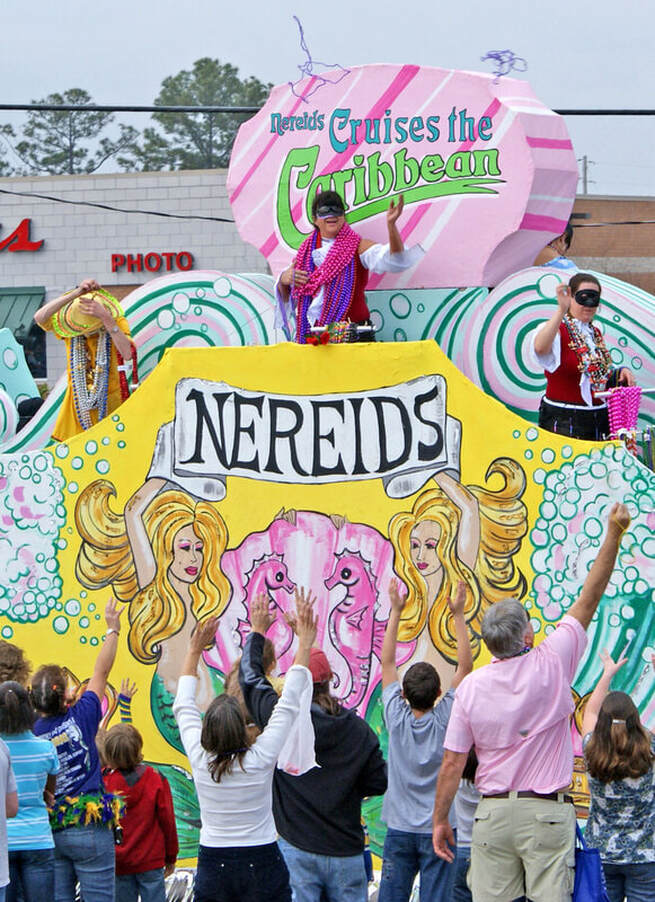

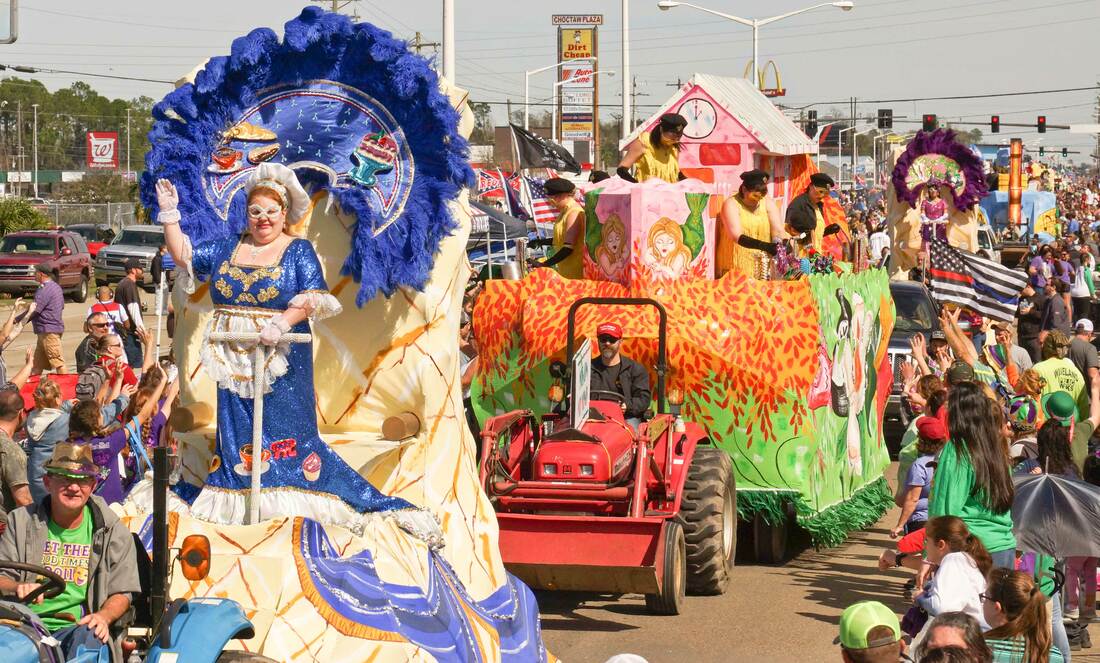
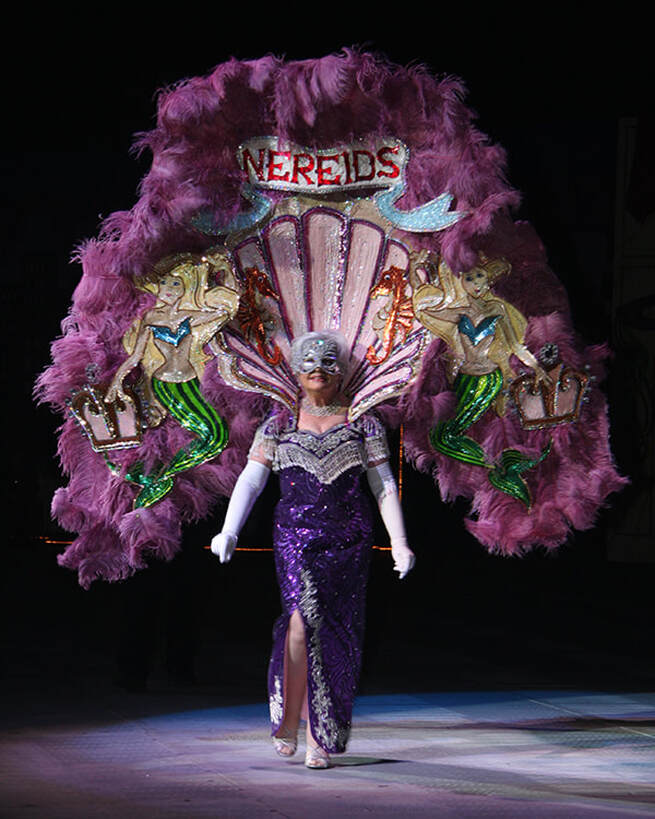

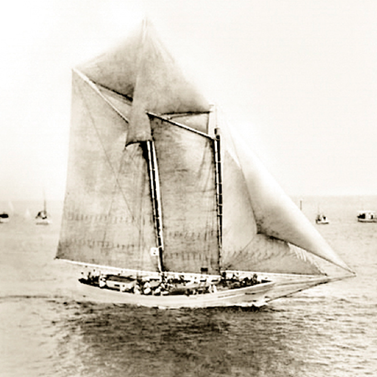
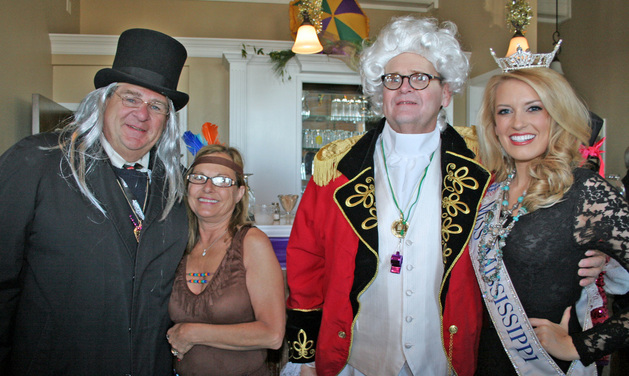
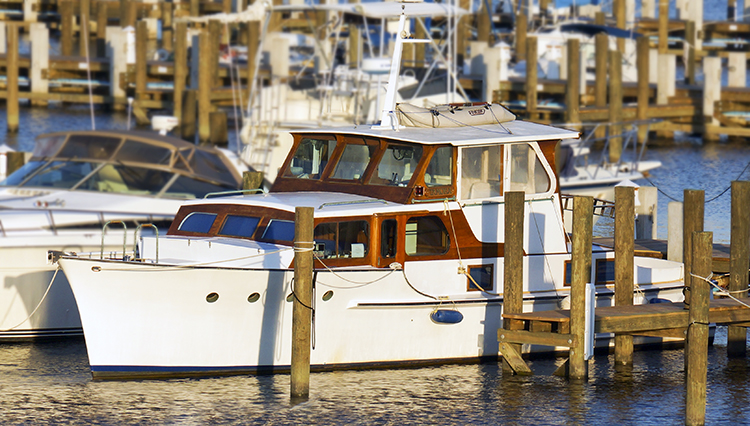
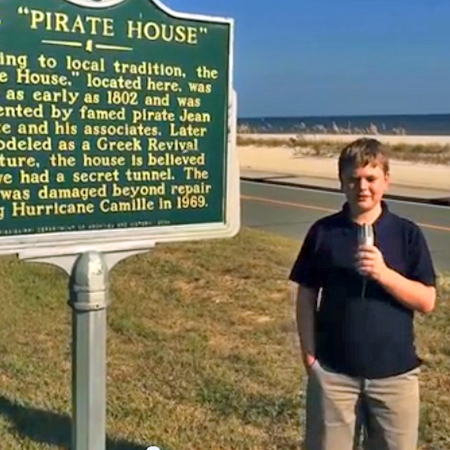
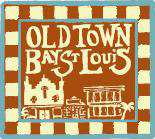

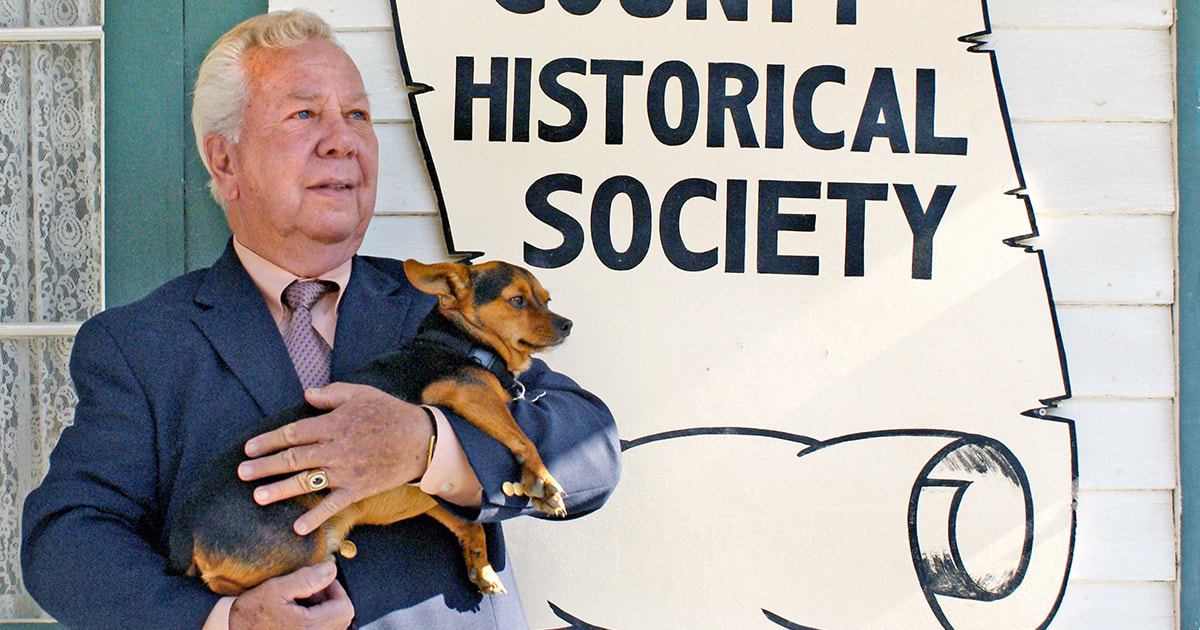
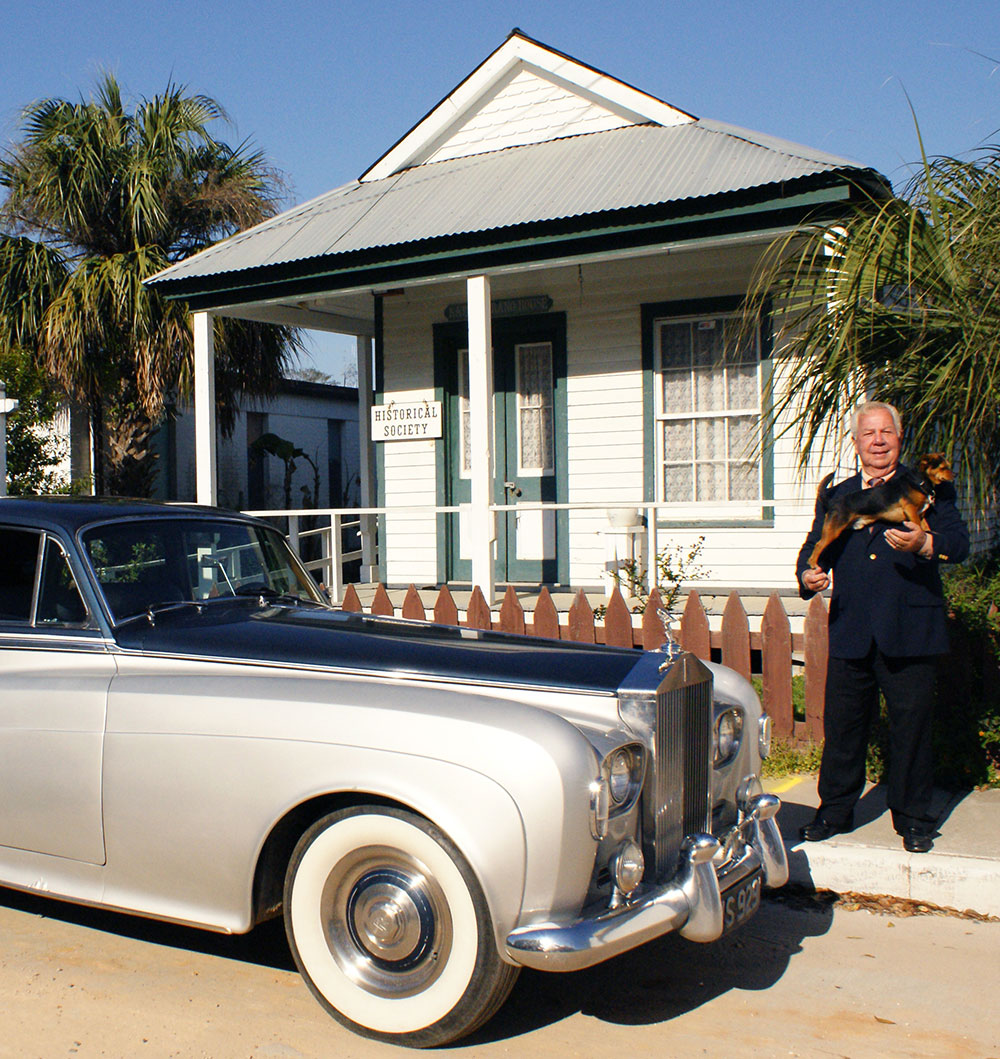
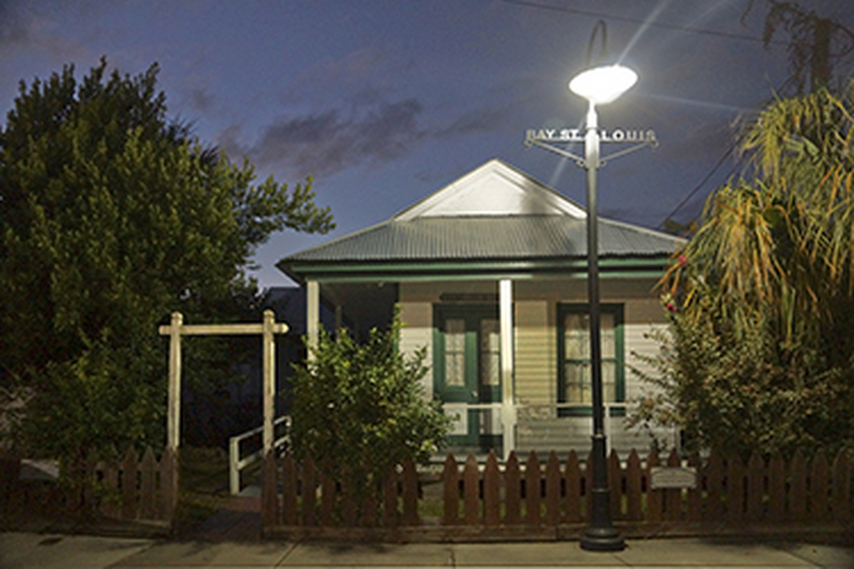
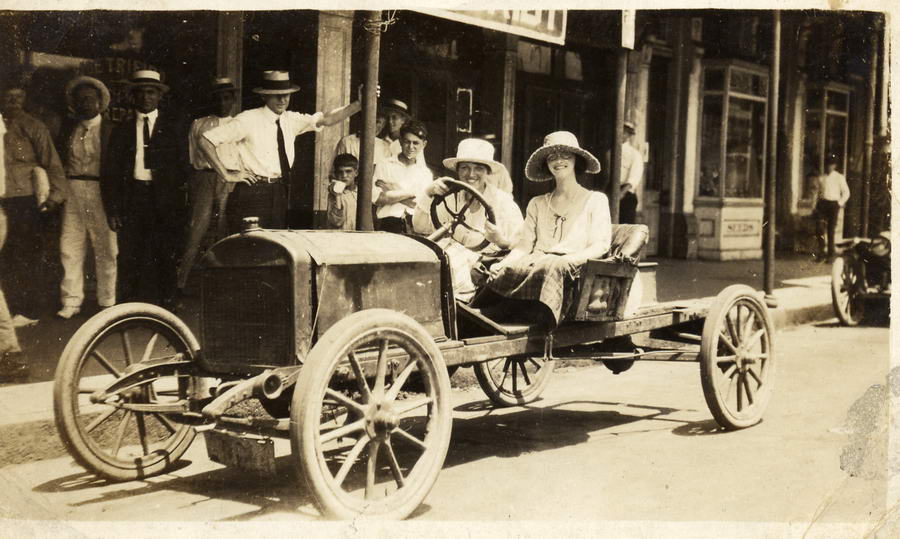
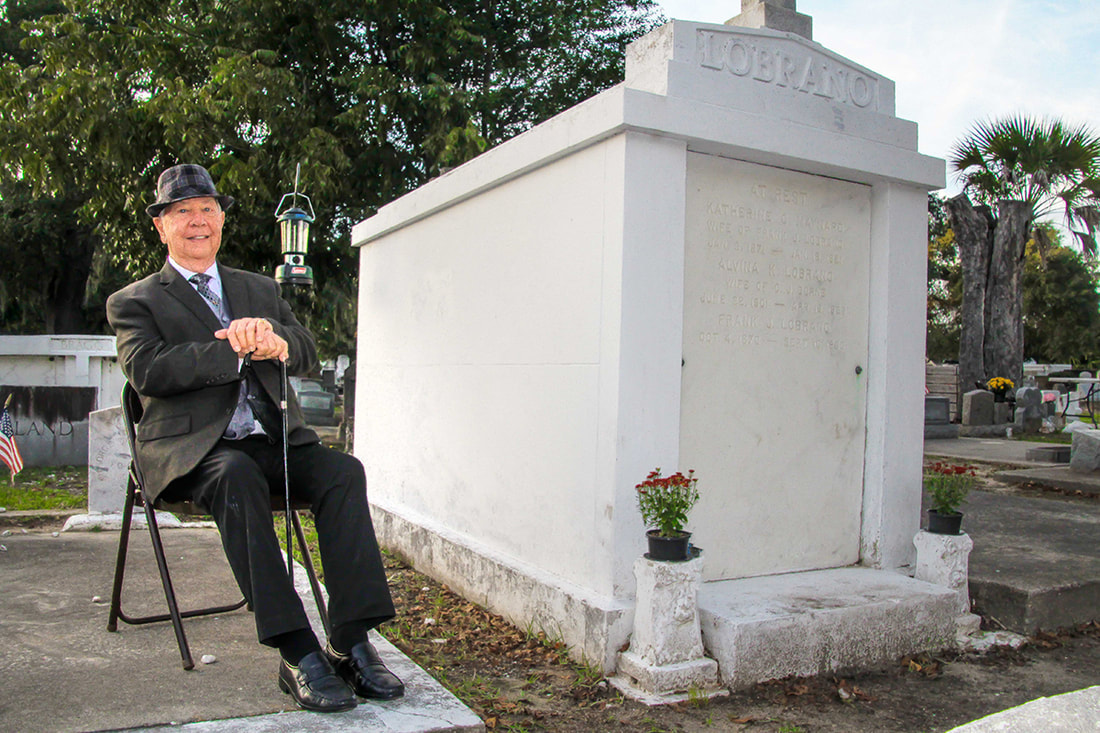

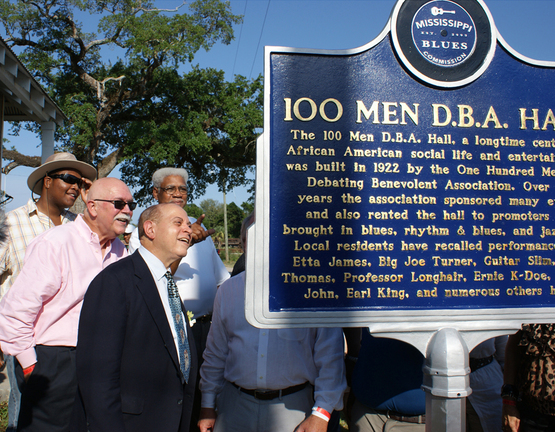
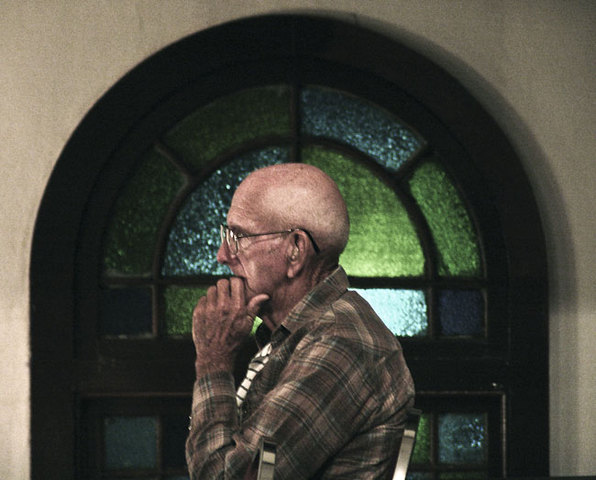


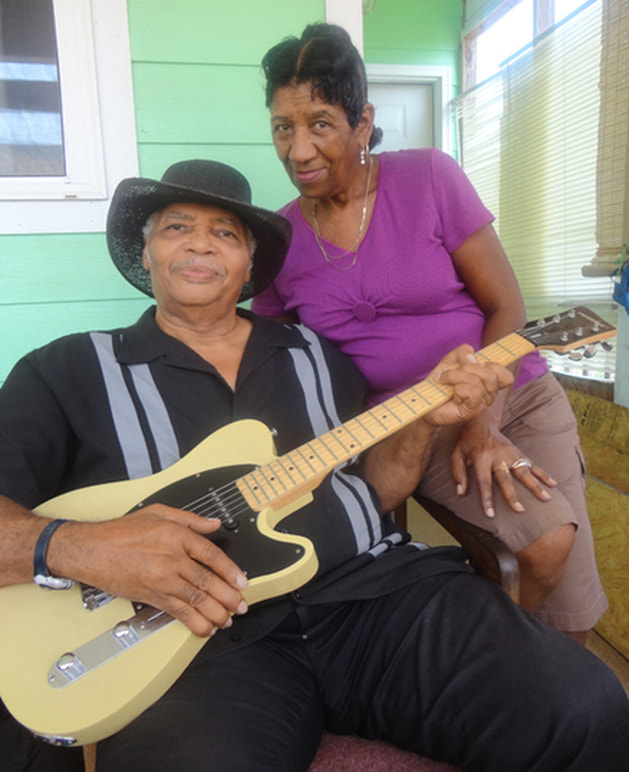
























 RSS Feed
RSS Feed

















